Sigma SD15 Review
Sigma SD15
Can Sigma's latest DSLR unlock the potential of the Foveon sensor?
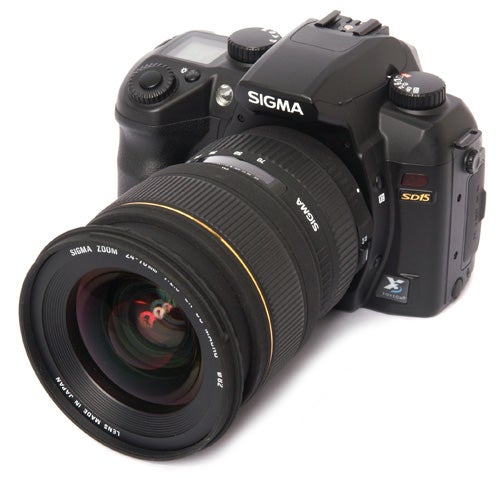
Verdict
Key Specifications
- Review Price: £789.00
I’ve been following the development of the unique Foveon X3 sensor since its first appearance in the Sigma SD9 back in 2002. Sigma now owns the Foveon company, and has continued to use this innovative technology in its cameras, including the DP2s compact camera which I reviewed back in June, as well as Sigma’s most recent DSLR the SD15.The Foveon X3 sensor works in a different way to the standard CCD and CMOS sensors found in every other digital camera.
Conventional camera sensors only record brightness, relying on a red, green and blue mosaic filter to provide colour information, and interpolating the full colour image from the results. The X3 sensor records full RGB colour at every photocell site on the sensor, thanks to three photocells embedded at different depths in a silicon wafer. You can find a fuller explanation with a diagram here. This difference causes some confusion when it comes to describing the true resolution of the sensor. Since it contains approximately 14 million individual photocells Sigma insists on calling it a 14 megapixel sensor. However the final image size is only 2640 x 1760 pixels, or 4.64 megapixels. 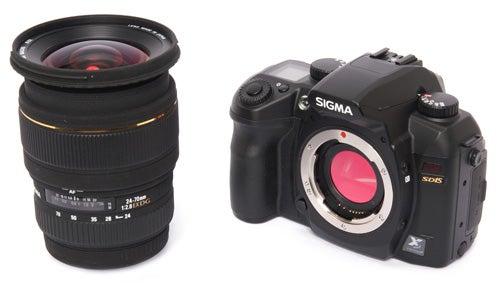
This lack of final resolution is also hard to ignore when one considers the price of the SD15. It is currently selling for £789 body only, which is very expensive compared to other digital SLRs. For the same price you could get an 18 megapixel Canon EOS 550D with an 18-135mm lens, a 14.6MP Pentax K-7 with a weather-resistant 18-55mm kit lens, or a Nikon D90 with an 18-105mm VR lens.
The SD15 is an update of and replacement for the SD14, which was launched in 2007. It has the same body and most of the same features, including the same sensor, but there are a couple of improvements, including a larger higher resolution LCD monitor and a new faster processor.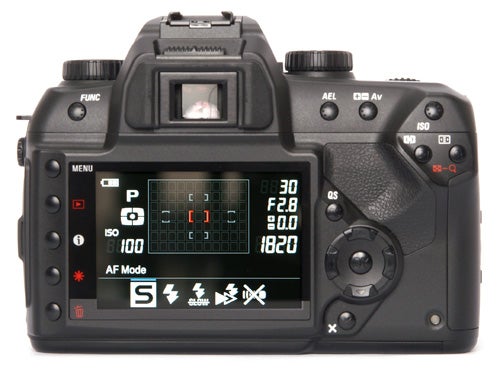
The SD15 is a large and surprisingly heavy camera, and there’s no denying that the body design looks a bit dated. It measures 144 x 107.3 x 80.5mm and weighs 680g minus the battery. The Canon EOS 550D measures 128.8 x 97.3 x 62mm and weighs 530g, while the Nikon D5000 is 127 x 104 x 80 and 560g; the Sigma does look and feel like a bit of a brick by comparison. The build quality is good though, and although the SD15 has a plastic body it feels sturdy and well made. The body shape is rather square and chunky but if you don’t mind the weight it is quite easy to handle, and the large handgrip and sculpted rear thumb rest provide a comfortable and secure grip.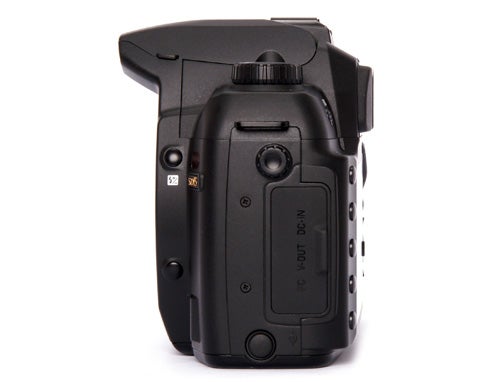
The control interface has been slightly altered from the SD14. It is fairly comprehensive, with single-function buttons for AF mode, metering mode and ISO setting clustered beside the thumb rest. Adjustments are made by rotating the bezel around the shutter button, but this is quite stiff and rather awkwardly positioned. Changes are displayed on the rather small and dim LCD display on the top panel, although you have to be looking almost straight down at it to see what’s going on. Focus target selection is also shown in the viewfinder, but metering mode is not.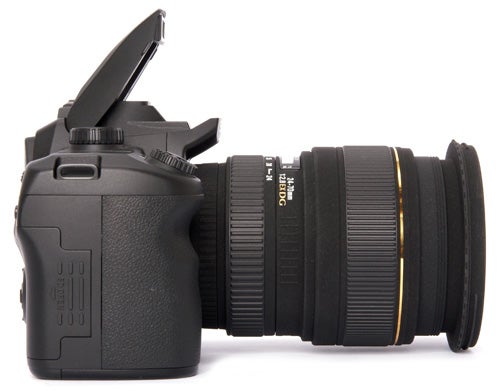
The camera has a function menu which also shows focus target selection, as well as allowing adjustment of flash mode and AF mode, but nothing else. There is also another Quick Menu which controls image size and quality, white balance and a limited range of colour settings.
Compared to most other contemporary digital SLRs the Sigma AD15 is distinctly short on features. While most of its rivals offer HD video recording, often with stereo audio, the SD15 has no video recording mode at all, neither does it have live monitor view. It has no image stabilisation system, although some Sigma lenses do feature optical stabilisation. It also lacks a sensor self-cleaning mechanism, but at least in this case it doesn’t really need one. One unique feature of the Sigma body design is a sealed glass cover just inside the lens mount, protecting the sensor and mirror from dust.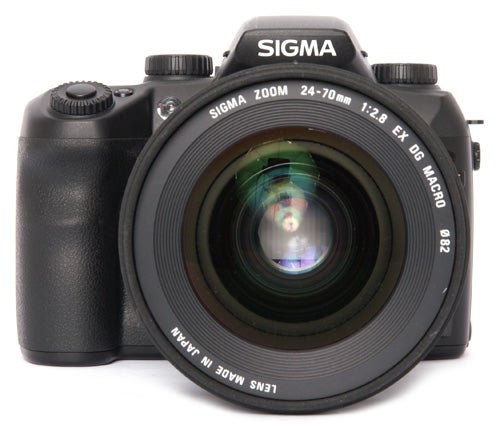
The SD15 is also less well equipped in terms of creative photographic options than many of its market rivals. Most other DSLR cameras have a range of customisable pre-sets that can be set up for quick and easy use. The only image tone control available for the SD15 is a single menu option to adjust saturation, contrast and sharpness. It also only offers a maximum ISO setting of 1600, and that with very poor image quality. Several recent DSLRs offer three times this sensitivity. It could be argued that the reason the SD15 seems so limited is that it is primarily designed to be used in Raw mode, and that the custom functions that many cameras apply when shooting can be applied in post-processing, but this doesn’t excuse the absence of useful modern features like video recording or live view.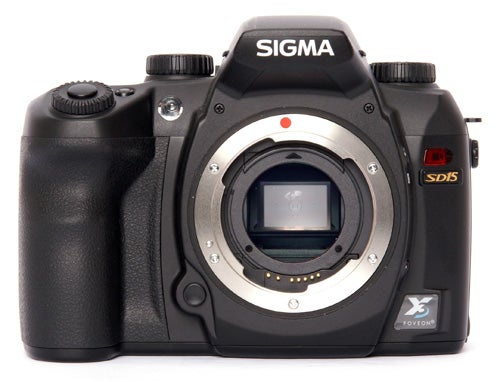
The SD15 does at least have the basic necessary features for DSLR photography. It has a decent exposure metering system, with 77 segment evaluative metering, as well as spot and centre weighted metering, and the range of shutter speeds is on a par with most other DSLRs, 30 seconds to 1/4000th of a second. It also has other common features such as auto exposure bracketing, mirror-up mode, two and ten second self-timer, and it is also one of the few DSLRs on the market with an X-sync socket for use with a studio flash.
One of the upgrades introduced with the SD15 is a new processor which is supposed to provide faster performance, but I have to say that I couldn’t detect any significant improvement. It still starts up quickly, and in single shot mode it can shoot at just over one frame a second in both Raw and JPEG modes, although in the former the buffer fills up after approximately 16 shots and it slows down. In continuous shooting mode is can manage 3fps, but only for 21 frames . This is a bit on the slow side by modern DSLR standards; the Nikon D5000 can manage 5fps, while the Pentax K-7 can shoot at 5.2fps.
The autofocus system is also a bit primitive, lacking the cross-type sensors used by most other manufacturers. It is comparatively slow and is also inclined to hunt around, especially at long ranges or in dim light. The SD15 does feature a decent AF assist lamp, a bright white LED on the front near the handgrip, but this only helps at short range.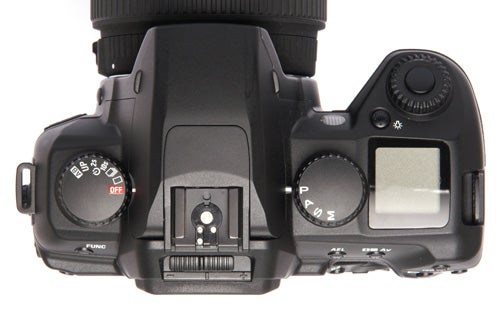
Battery duration is also not as good as it might be. The camera is powered by a large 1500mAh Li-ion cell, which one would think should be big enough. Sigma makes no particular claim for its performance, but I found that it only lasted for approximately 170 shots, with few using the built-in flash and with minimal use of the LCD monitor.
Of course the main claim that Sigma makes for the Foveon X3 sensor technology is that it produces superior image quality compared to other types of sensor. The colour reproduction in good light is certainly exceptional, with rich vibrant hues, outstanding tonal range and good detail even in highly saturated areas. However it does have a couple of drawbacks. Dynamic range in low light conditions is lower, and image noise in JPEG mode is much worse than any of its rivals, showing obtrusive noise and saturation reduction even at 200 ISO. Image noise in Raw mode can be corrected to some extent in either the supplied software or more effectively in Adobe Camera Raw, but it’s still a problem.
However the main drawback with the SD15 is the sheer lack of resolution. Sigma can call it 14.06 megapixels until they’re blue in the face, but there’s no getting away from the fact that the final image size is only 2640 x 1760 pixels, 4.64 megapixels, and that’s where it counts. The vastly superior resolution of most modern APC-C CMOS sensors, as well as their superior light-gathering ability, especially from the new back-illuminated designs, simply trumps any advantage that the three-in-one Foveon sensor design imparts. Yes, it is certainly much better than a conventional 4.6 megapixel sensor, but it’s competing with technology from five years ago. These days even the cheapest entry-level DSLRs have more than double that resolution. Considering its price tag of nearly £800, the SD15 simply can’t compete on features, performance, versatility or image quality with smaller, lighter cameras costing half as much, which ultimately makes it pretty poor value for money. 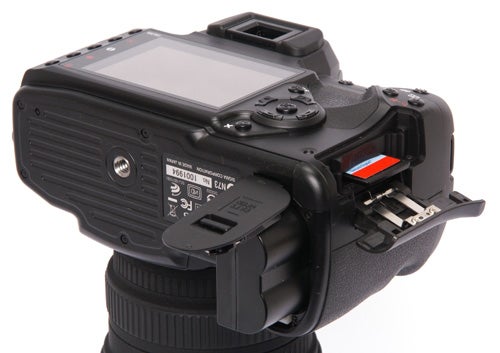
There’s no denying though that the SD15 can take a very nice picture under the right circumstances, and I do believe that the Foveon X3 sensor holds some promise, as demonstrated by the Sigma DP2s compact, so I will hold out a hope that the 15.3-megapixel Sigma SD1 due out next year will finally realise the potential that the technology has been tempting us with for so long.
”’Verdict”’
Although the Foveon sensor technology certainly has potential, as it stands the SD15 is only an incremental upgrade from the three-year-old SD14 and can’t compete with the current range of consumer DSLR cameras. It is expensive, the design is bulky and heavy, it has relatively poor performance, and it simply doesn’t produce the kind of image quality to compare with its rivals, especially at higher ISO settings.
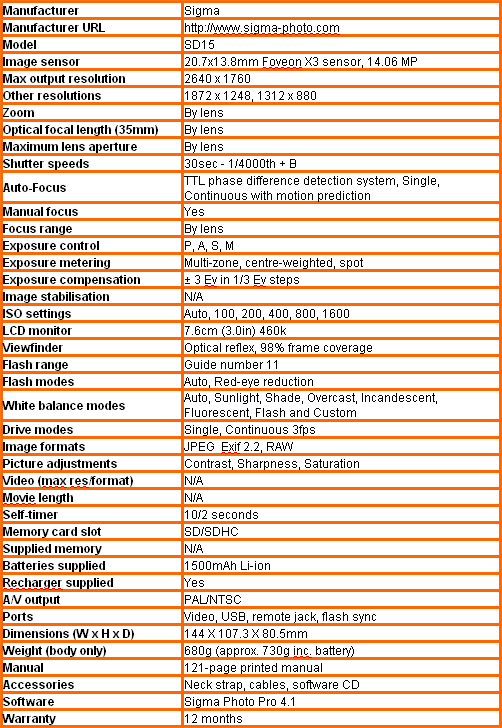
”Over the next few pages we show a range of test shots. On this page the full size image at the minimum and maximum ISO settings have been reduced to let you see the full image, and a series of full resolution crops have taken from original images at a range of ISO settings to show the overall image quality. These pictures were taken indoors using shaded natural light. ”
—-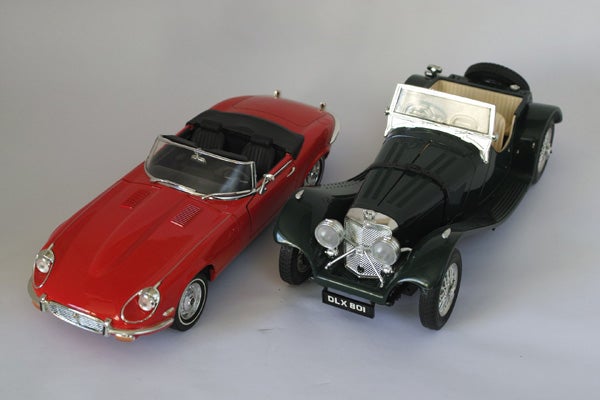
This is the full frame at minimum ISO.
—-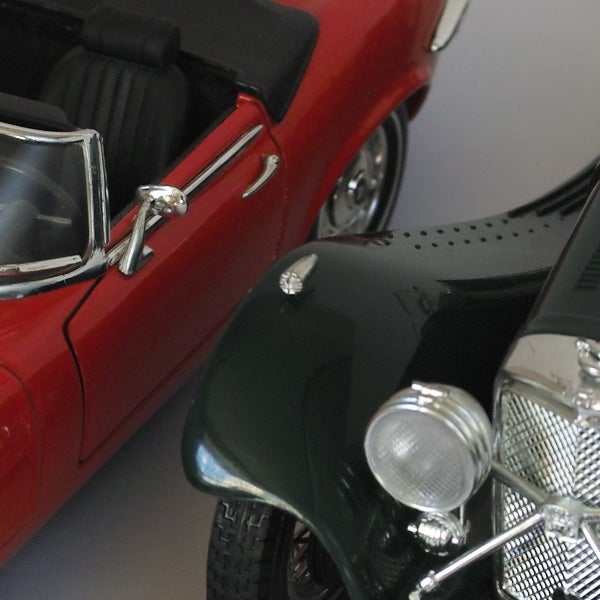
At 100 ISO the JPEG mode image quality is good, with plenty of fine detail.
—-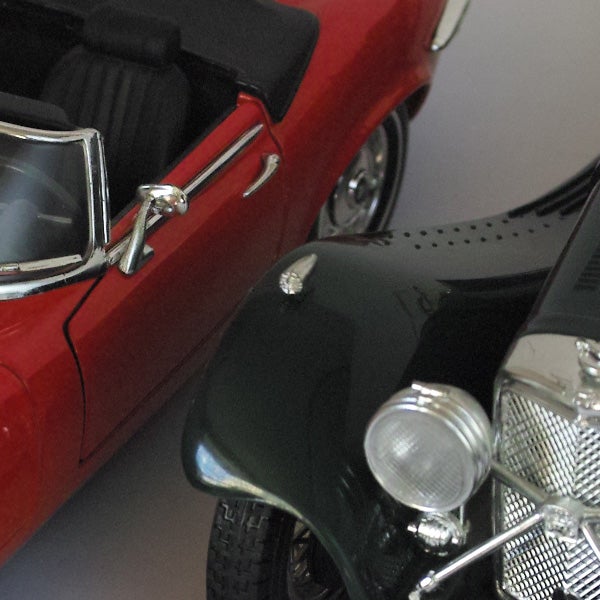
Already at 200 ISO there is visible image noise, although it is very fine grained.
—-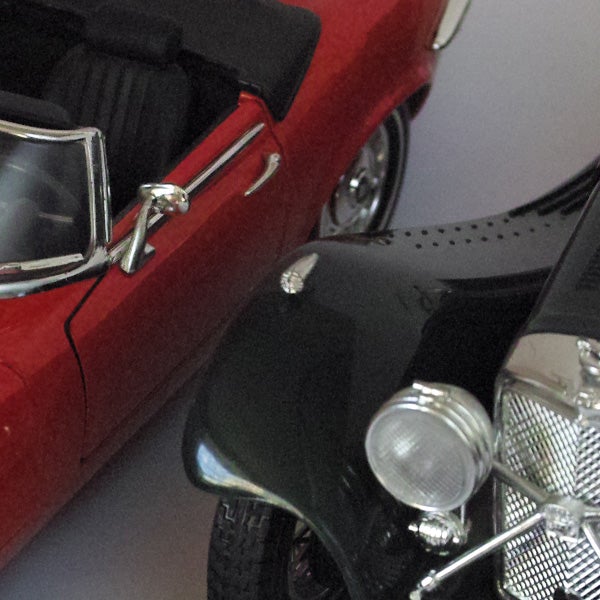
400 ISO and image noise is more obvious, and saturation is affected.
—-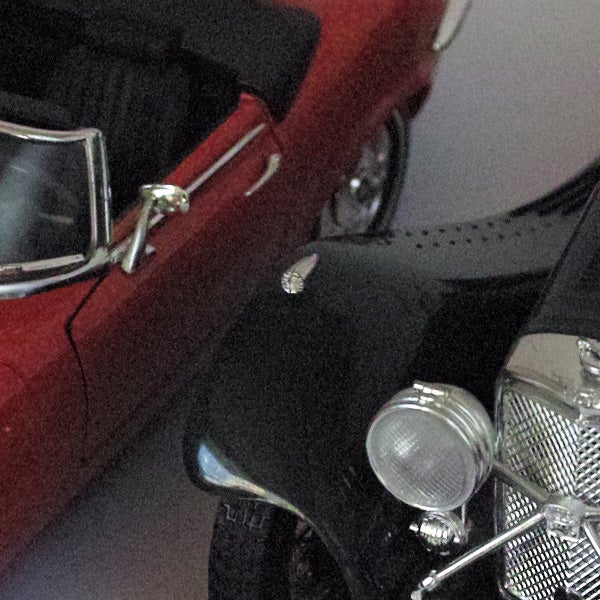
Image quality at 800 ISO is pretty poor. It may look like film grain, but it’s still noise.
—-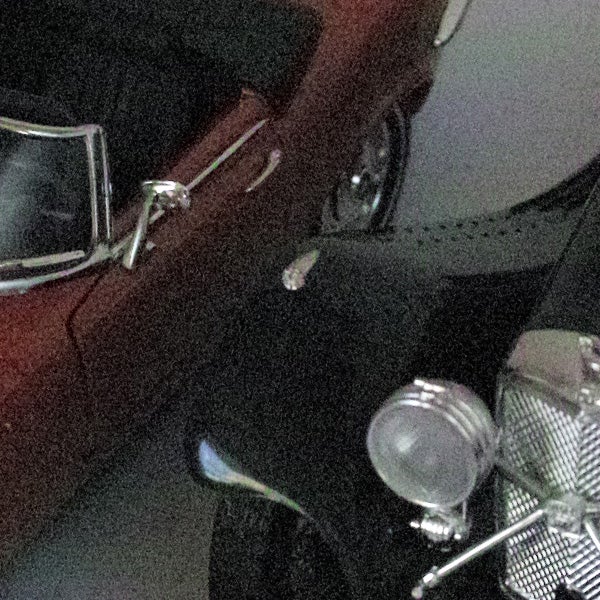
1600 ISO and the image quality is very poor, with distorted colour.
—-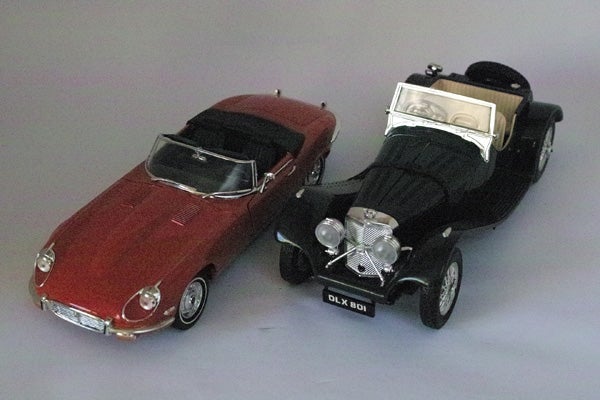
This is the full frame at 1600 ISO.
—-
”A range of general test shots are shown over the next two pages. In some cases, the full size image has been reduced for bandwidth purposes, and a crop taken from the original full resolution image has been placed below it to show the overall image quality. Some other pictures may be clicked to view the original full-size image. ”
—-
Here’s my usual DSLR test shot of Sidmouth seafront for comparison with other cameras. Click on the image to download a full-size version. The file is 2.7MB.
—-
This is taken from the above image, which was converted from a Raw file shot. Compare it with the Sony A450 to see a recent 14MP entry-level DSLR.
—-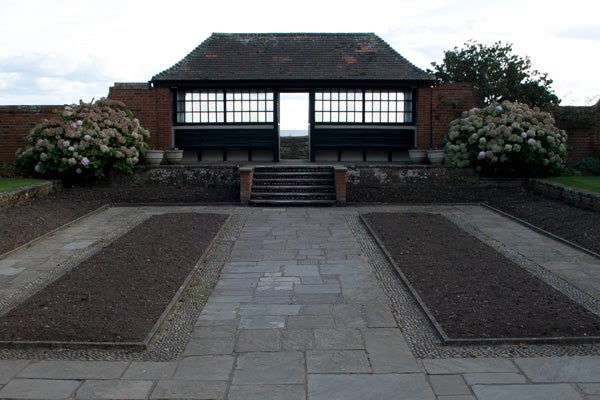
The Sigma f/2.8 24-70mm EX DG lens supplied with the test camera is outstanding, with minimal wide-angle distortion.
—-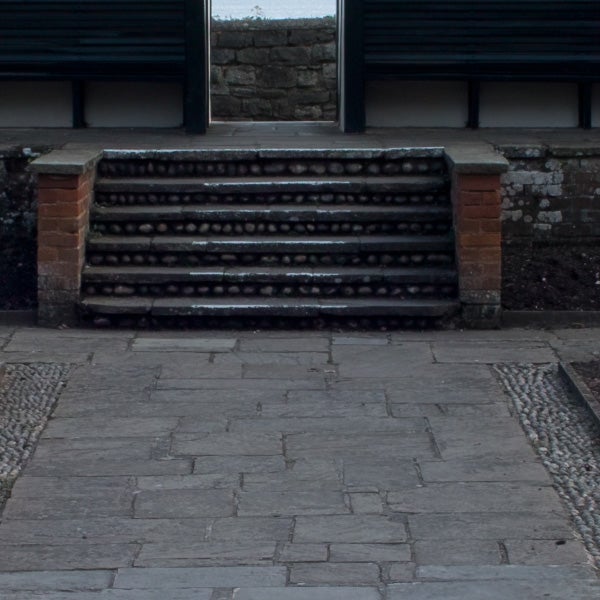
Centre sharpness is excellent.
—-
Corner sharpness is also superb, with no chromatic aberration.
—-
”Here are some general test shots to help evaluate the camera’s overall image quality, including dynamic range, colour rendition and the zoom range of the lens. Some pictures may be clicked to download the full size original image. ”
—-
The tonal range and detail in colour reproduction is superb.
—-
This is a full-size enlargement from the centre of the image above.
—-
Even in shade the colours really stand out.
—-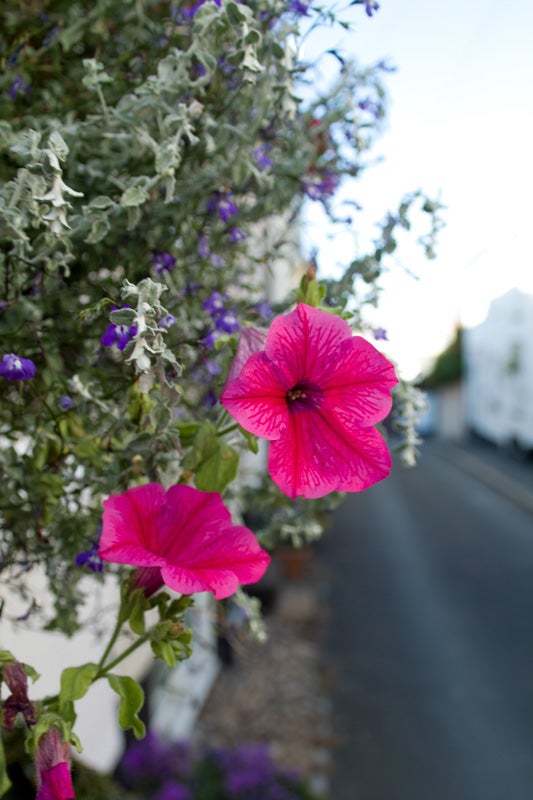
There’s plenty of detail even in the saturated areas.
—-
This sunset looks great, but there’s very little shadow detail.
—-
Trusted Score
Score in detail
-
Value 5
-
Design & Features 5
-
Image Quality 8
-
Build Quality 9
Features
| Camera type | Digital SLR |
| Megapixels (Megapixel) | 14.1 Megapixel |
| Optical Zoom (Times) | By lensx |
| Image Sensor | 20.7x13.8mm Foveon X3 sensor |
| Optical focal length | By lens |
| Shutter speed | 30 secs to 1/4000th + B |
| Auto focus | TTL phase difference detection system, Single, Continuous with motion prediction |
| Manual focus | Yes |
| Max output resolution | 2640x1760 |
| Other resolutions | 1872x1248, 1312x880 |
| Focus range | By lens |
| Exposure control | P, A, S, M |
| Exposure metering | Multi-zone, centre-weighted, spot |
| Exposure compensation | +3EV in 1/3 EV steps |
| Image Stabilisation | N/A |
| ISO settings | Auto, 100, 200, 400, 800, 1600 |
| LCD Monitor | 3-inch |
| Viewfinder | Optical reflex, 98% frame coverage |
| Flash range | Guide number 11 |
| Flash modes | Auto, Red-eye reduction |
| White balance modes | Auto, sunlight, shade, overcast, incandescent, fluorescent, flash and custom |
| Drive modes | Single, continuous 3fps |
| Image formats | JPEG, RAW |
| Picture adjustments | Contrast, Sharpness, Saturation |
| Video (max res/format) | N/A |
| Movie length | N/A |
| Self timer | 10/2 seconds |
| Memory card slot | SD/SDHC |
| Supplied memory | N/A |
| Batteries supplied | 1500mAh Li-on |
| Charger supplied | Yes |
| A/V output | PAL/NTSC |
| Charging/Computer Connection | Yes |
| Manual | 121-page printed manual |
Physical Specifications
| Dimensions Width (Millimeter) | 144mm |
| Depth (Millimeter) | 107.3mm |
| Weight (body only) (Kilogram) | 680g (730g including battery)kg |

